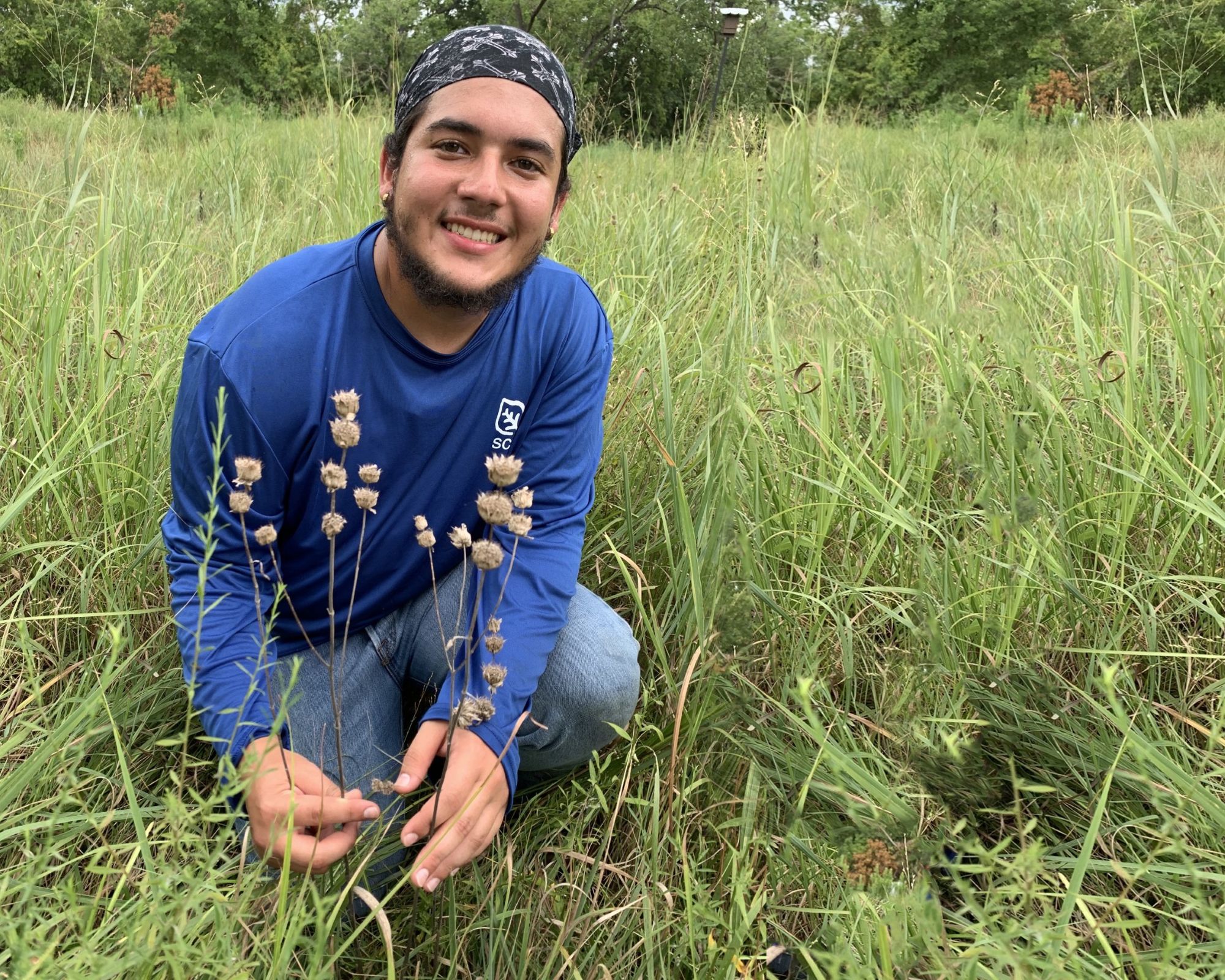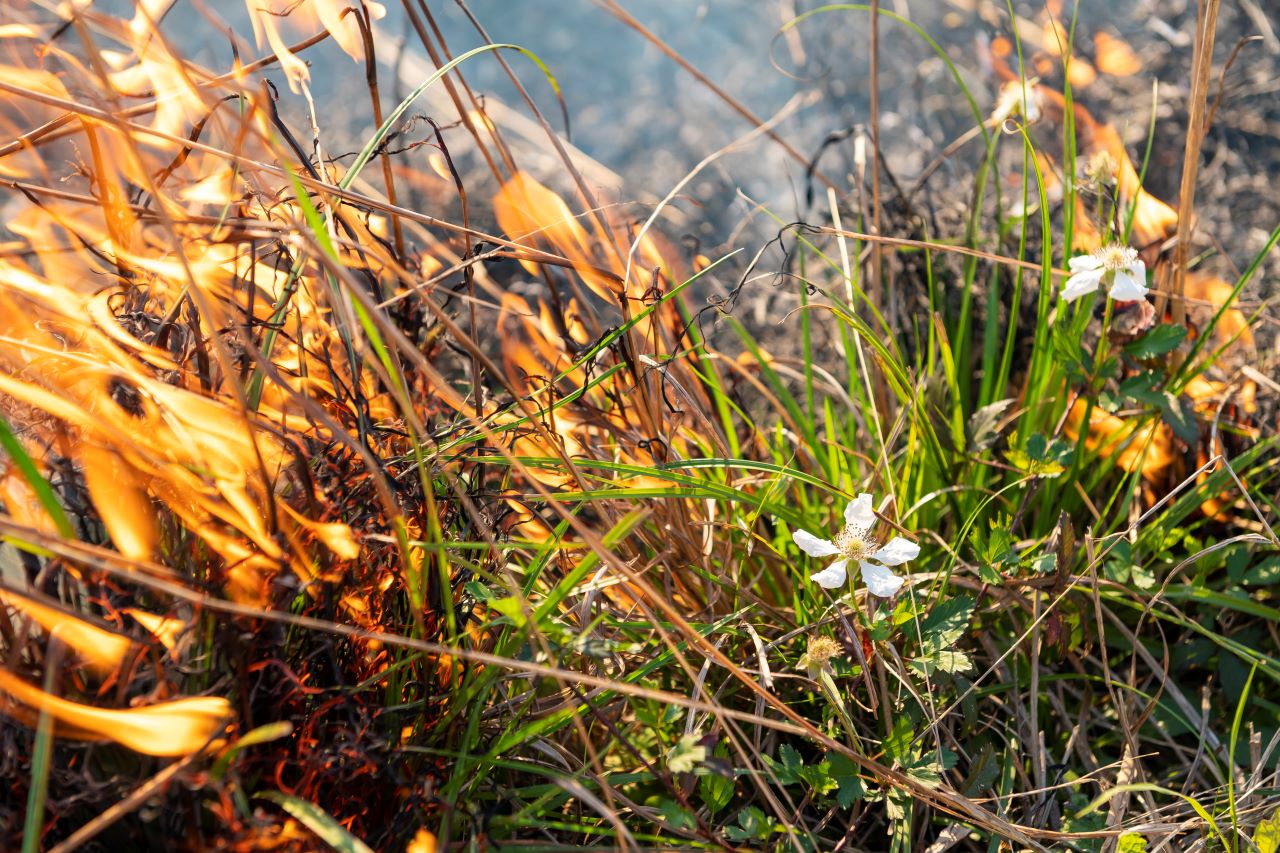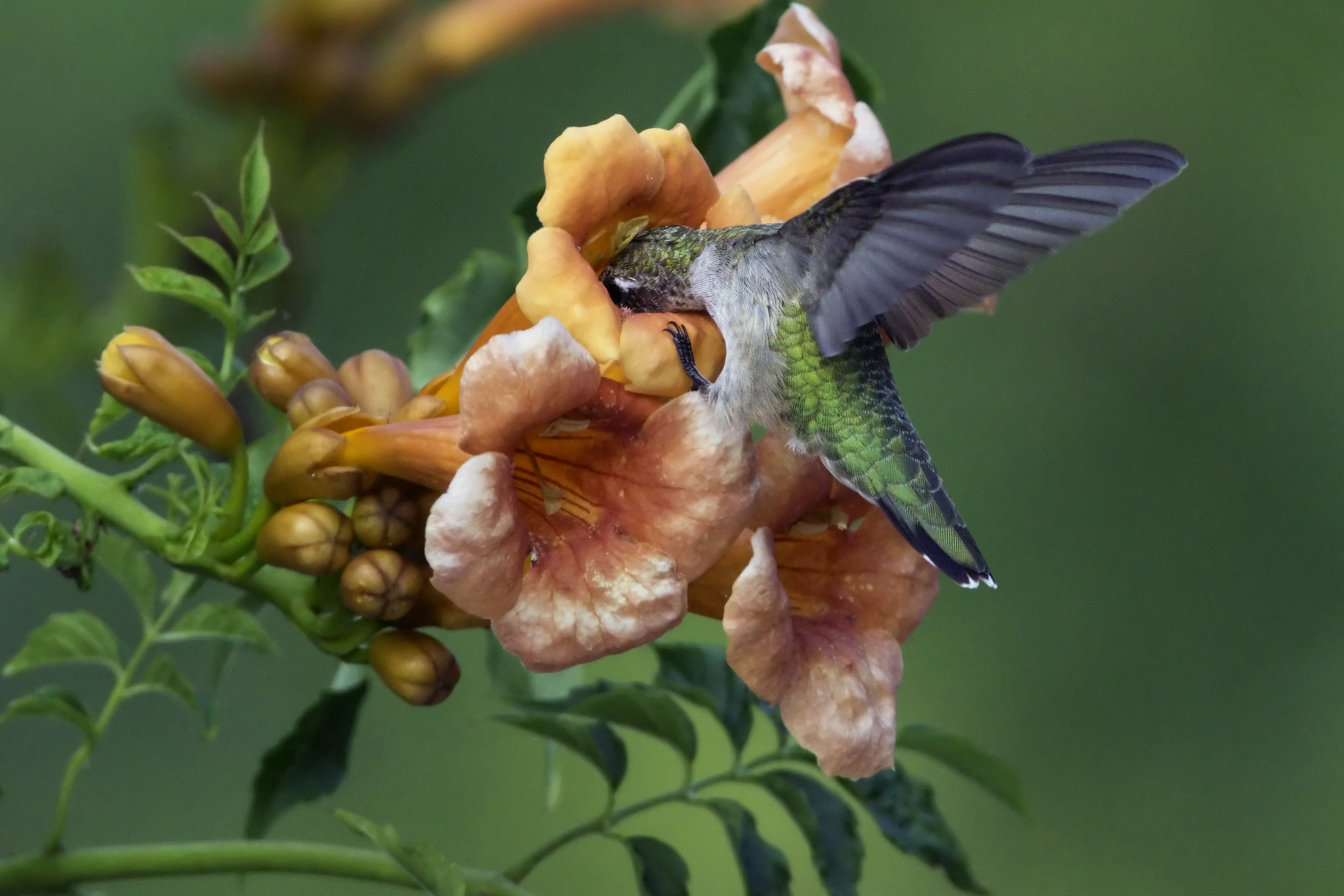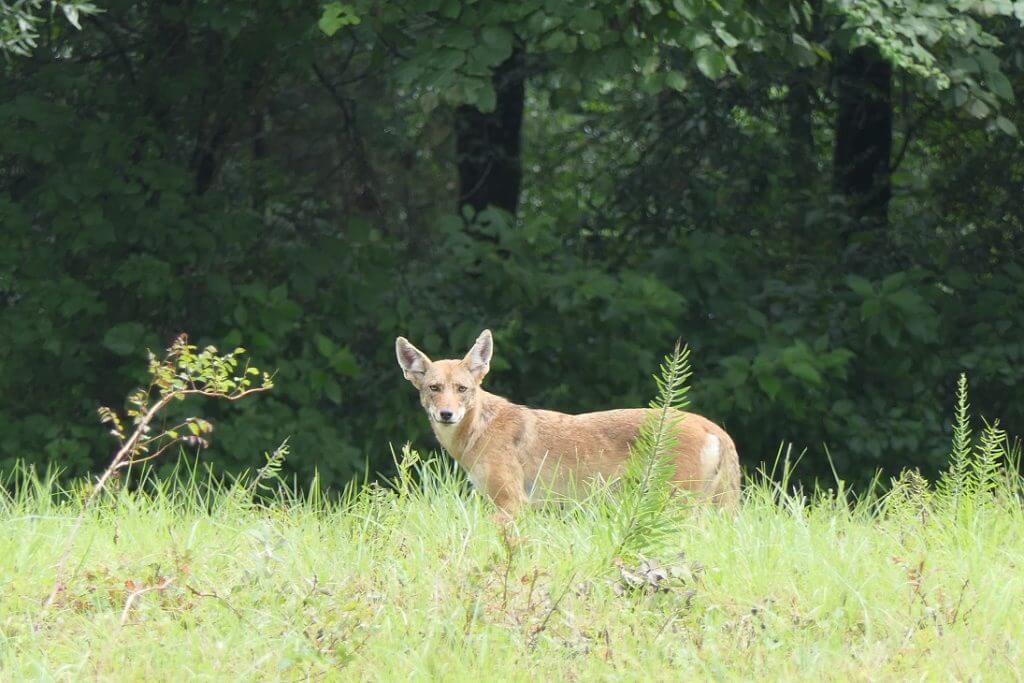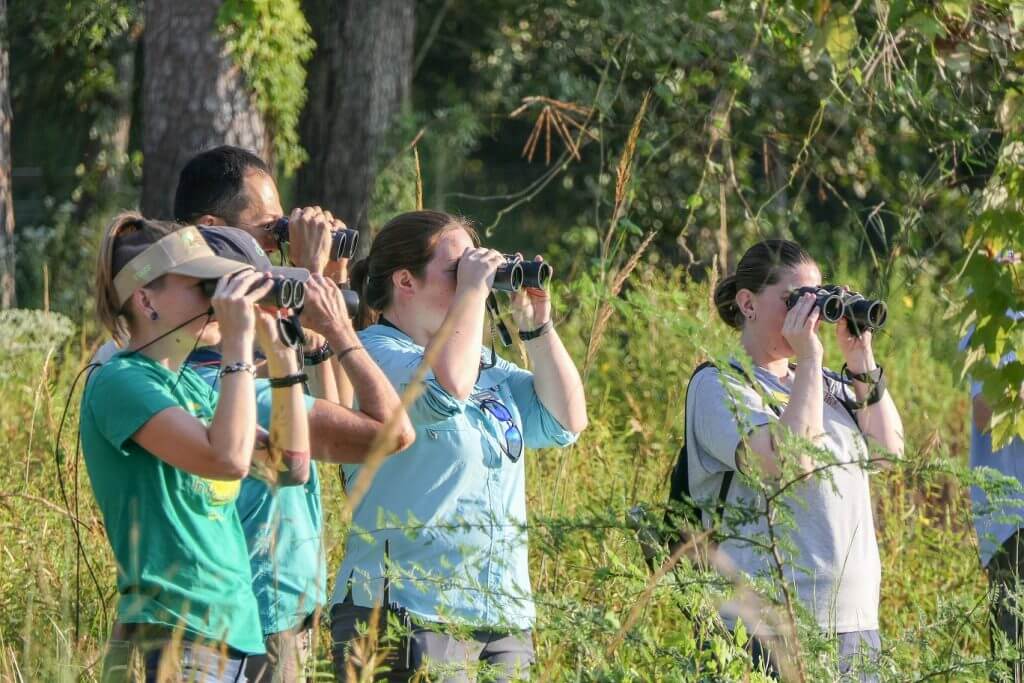Written by Kelsey Low
Imagine you’re a chickadee designing a garden. What would it look like? When you’re a tiny, primarily insect-eating bird that nests in tree cavities, beautiful flowers and a well-manicured lawn are low on your list of priorities.

What you want is a nice, big tree with plenty of holes to nest in. Now let’s think about food. As a responsible, family-oriented bird, you know that you’ll need to feed your kids 390-570 caterpillars per day…for 16 days. That’s 6,240-9,120 caterpillars for the season. Suddenly, which plants you choose becomes a matter of life or death for your children. You want to pick the plants that support the most caterpillars.
As a chickadee, you’re not alone in your obsession with caterpillars. Out of about 1,000 species of birds in North America – that’s everything from albatrosses to Zone-tailed Hawks – 440 of them eat insects. Warblers, wrens, flycatchers, and even some birds of prey like kestrels are all primarily insectivores.
Photo by Will Parson
Many more species that eat seeds or fruit as adults will feed insects to their babies. An adult robin may gobble down berries all winter, but they must feed their babies caterpillars. Even for nectar-loving hummingbirds, tiny insects make up 50% of their diet, and that’s what they feed their young.
Back to the garden. Let’s decide what kind of tree to choose: exotic Chinese tallow, or a native oak? In Texas, Chinese tallow supports maybe two types of caterpillar. A native oak might support a whopping 470 types of caterpillar. Let’s pick a nice shrub too – exotic Japanese privet, or native yaupon holly?
Photo by Mikes’ Birds


Your robin neighbors happily devour the berries from both species, but compare the caterpillars: privet has two, holly has 12. When spring comes around, even your robin friends will prefer the holly because that’s where they find the caterpillars to feed their families.
You may wonder why there is such a disparity between native and exotic plants when it comes to caterpillars. The answer is simple: time. Insects and plants have spent thousands of years evolving together in their local ecosystems. The caterpillars have learned to find specific plants and overcome their formidable defenses (like irritating hairs and toxic chemicals).
Photo by Adam
Native insects often don’t recognize exotic plants as food, and even if they do, they usually can’t handle the plants’ chemical defenses. Remember that Japanese privet, with only two Texan caterpillars? It hosts 13 caterpillar species in its native Japan, because those caterpillars have evolved to use it.

Of course, chickadees can’t actually plan gardens. Only humans can. We have to think about what we plant and how we’re helping – or hurting – the wildlife around us. Your choices make an enormous impact on birds like chickadees. Studies have shown that Carolina Chickadees successfully raise more babies in backyards with more native plants. In fact, chickadee populations decline in areas with less than 70% native plant biomass. The best way to help your neighborhood birds is not a bird-feeder – it’s using native plants.

If you want to make the best plant choices for you and for the birds, there are plenty of great native plant gardening resources out there.
The Houston Audubon Society has good information about gardening for birds, including a list of great Houston native plants.
The Lady Bird Johnson Wildflower Center has an extensive list of native Texas plants that host butterfly and moth caterpillars.
Finally, The National Wildlife Federation is developing a Native Plant Finder that not only tailors a plant list for your zip code, it also lists how many caterpillars use each type of plant.


